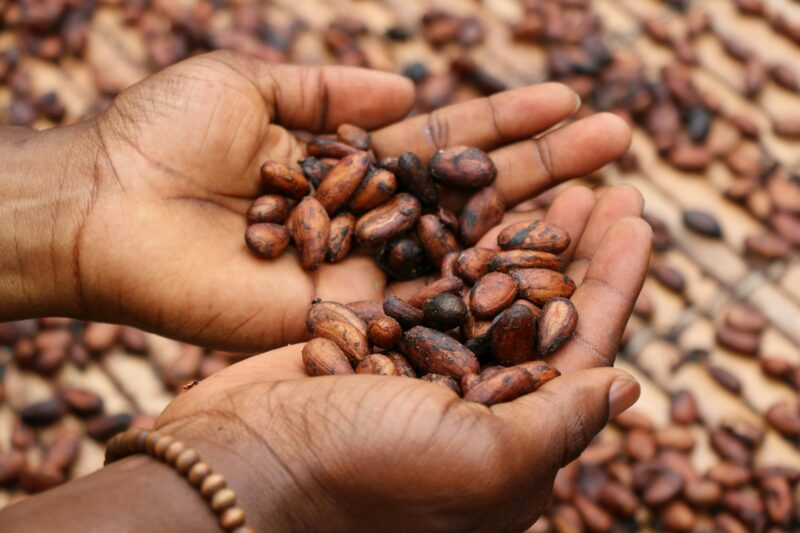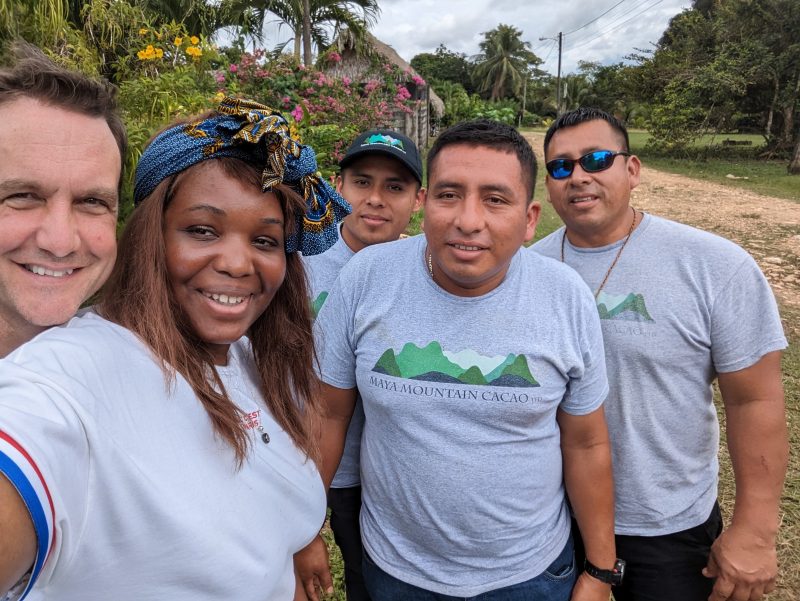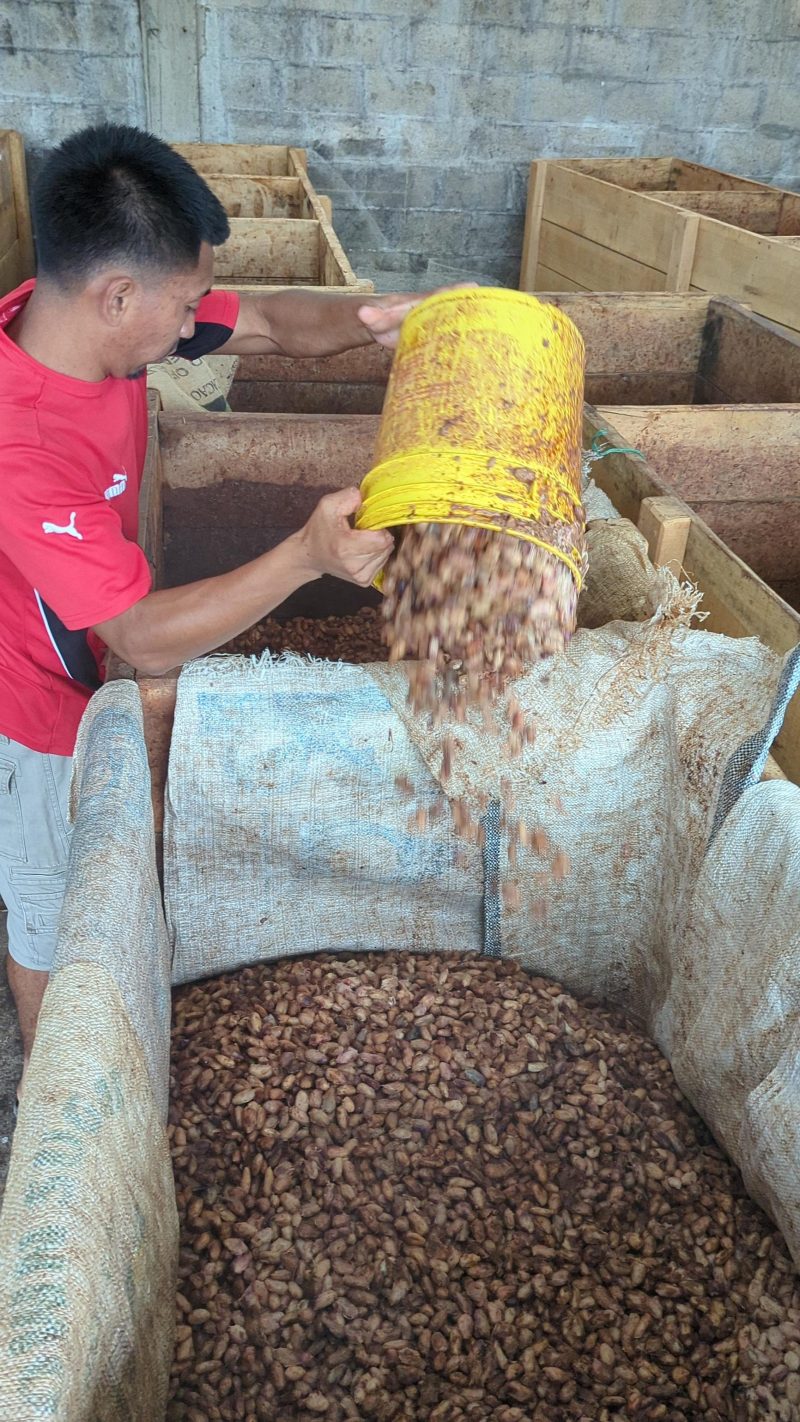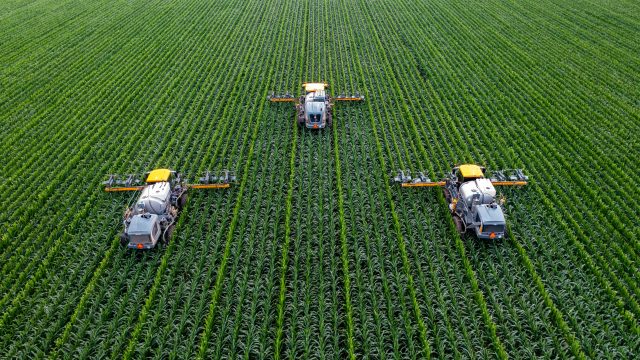Choc-free by 2050? The climate crisis coming for our cocoa
The countries that satisfy our demand for chocolate are in trouble, thanks to erratic weather, extreme heat and devastating crop diseases.

Chocolate is one of the foods that we eat the most of in the UK but know so little about - from how and where it is grown, to the making process, to how dependent mass chocolate is on child and slave labour to keep going. One that I suspect you may have noticed is the trend for your favourite chocolate bars getting smaller, at the same time as the price increases. Cocoa prices have skyrocketed by 400% in the past year, and chocolate is on track to become even more expensive. But why? Well… The reality is that almost 91% of the cocoa beans imported to the UK — 63 million kilograms worth £134 million — come from climate-vulnerable countries.1
The countries that satisfy our demand for chocolate are in trouble, thanks to erratic weather, extreme heat and devastating crop diseases. The chocolate industry depends on a fragile balance of climate, labour, and economics — but that balance is crumbling. If nothing changes, our chocolate-loving days could be numbered.
“ Almost 91% of the cocoa beans imported to the UK—63 million kilograms worth £134 million—come from climate-vulnerable countries.”
The cocoa belt sits in the band 20 degrees north and south of the equator, this is where you’ll find the best conditions to grow the cocoa trees, everywhere from Mexico to Fiji. They’re fussy and love the temperature warm, not too hot, steady rainfall and high humidity but over the years these conditions are being compromised as the climate intensifies.
The steady moisture a cocoa tree needs to thrive is being replaced with consistent rainfall along with a climb in temperature. Only in July 2024 Côte d'Ivoire saw 40% more rain than expected, submerging plantations and damaging crops. By December, the rains had vanished, leaving cocoa trees to wither in scorching heat. This makes it difficult to rely on the seasons they once knew which puts entire harvests at risk.
New research by climate scientists Gilbert John Anim-Kwapong and Peter Läderach has reinforced the urgency of the situation. Their studies highlight that without serious intervention, cocoa-growing regions in West Africa could become completely unsuitable for production by 2050.
So, if West Africa may no longer be suitable, why don’t we rely on other regions to fill the gap? Well, It’s not that easy. The variety of cocoa grown in West Africa tends to be Forestero which grows quicker compared to the other two main varieties of Criollo and Trinitaro. But high temperatures, increased rainfall and an increase in disease on trees isn’t isolated to West Africa.

I was in Belize, Jan 2023 visiting the co-op that supplied our cocoa beans to our chocolate factory in London – Maya Mountain. I learnt there that outside of the regular seasons, trucks were being sent to farms to collect cocoa because the trees were still producing. The pods had to be picked so the woodpeckers wouldn’t get there first but out of season growth was because of the change in climate. Fast forward to 2024, and much of the thriving cocoa-growing district has been devastated. Thousands of forests, farms, and vital infrastructure have been wiped out by wildfires, while relentless droughts have taken a heavy toll. The impact on families has been immense.
Again it’s not just West Africa and Belize. Across the world, cocoa-producing countries are feeling the heat—literally.
In Peru, wildfires destroyed vast areas of farmland in September 2024, in Mexico, cocoa farming is on the decline as extreme heat and erratic rainfall push young farmers to abandon the industry altogether. Meanwhile, in Brazil, Ecuador, and Indonesia, rising temperatures and unpredictable weather patterns are putting cocoa production at risk.
Nowhere is immune! But what does this mean for you? Well, you're already feeling the effects. It’s often framed as a price crisis, but there’s much more to the story.
Chocolate is becoming more expensive, and in 2024 alone, cocoa prices soared by 400%, some manufacturers increased their prices, while others reduced sizes instead of raising prices outright – "shrinkflation". Either way, you’re paying more but getting less.
“ What our beloved chocolate is facing is real. This is not just about higher prices at the checkout—it’s about a broken supply chain, struggling farmers, and an industry that needs urgent reform.”
Can Anything Be Done?
The cocoa crisis isn’t inevitable—there are solutions. But it will take real effort from Governments, the chocolate industry and consumers to ensure chocolate has a sustainable future.
One of the most promising solutions is agroforestry, where cocoa is grown under the shade of taller trees like mango or cashew. A recent UNEP-WCMC study found that nearly two million hectares of cocoa farms in Ghana are grown with little to no shade, leaving trees vulnerable to extreme weather.
Agroforestry not only provides shade, reducing heat stress on cocoa trees, but also improves soil fertility, supports biodiversity, and increases carbon storage. Research suggests that shaded cocoa plantations can store up to 2.5 times more carbon than unshaded ones, making this a win-win for both farmers and climate mitigation
However, transitioning to agroforestry is not simple. Many farmers lack the financial resources to invest in shade trees.

After a decade in the chocolate industry, I’m exhausted by the endless ‘sustainability initiatives’ from the big chocolate companies that never seem to make a difference. It’s time for real action, not empty promises. The industry really needs change before it’s too late.
- Invest in long term sustainability and ethical solutions rather than short-term fixes.
- Pay the farmers a living wage/living income so they can invest in their farms’ resilience without the need for short cuts and, in some cases, child and slave labour.
Consumers also have power in their purchasing choices. Opting for chocolate made from actual sustainable and ethically sourced cocoa which ensures that farmers are paid fairly and receive support to help them adapt to a changing climate.
The climate crisis really isn’t some distant problem— it’s already changing the world around us. What our beloved chocolate is facing is real. This is not just about higher prices at the checkout—it’s about a broken supply chain, struggling farmers, and an industry that needs urgent reform.
If we want chocolate to have a future, we need to take sustainability seriously—starting now. That means paying farmers fairly, investing in real climate solutions, and accepting that the days of cheap, endless chocolate are over.
- Amarachi Clarke, Chocolate maker and owner of Lucocoa Chocolate
Footnotes
References for this article:


